How To Transfer Pizza Dough To Pizza Stone Without Sticking
A pizza stone is probably the most important tool for any aspiring home pizza maker. But using a pizza stone can be a daunting task when you’ve never used one before. In fact, the hardest part of using a pizza stone is transferring the pizza dough onto the stone without it sticking to the peel on the way down.
To transfer a pizza dough onto a pizza stone without sticking you need to use an ample amount of Semolina flour and a special kind of paddle called a pizza peel. The semolina flour will “lubricate” the bottom of the pizza dough and allow it to easily slide off the pizza peel and onto the pizza stone without sticking.
Thankfully, using a pizza stone is actually super easy once you know how to slide the pizza off the pizza peel without sticking. There are even a few tricks you use can to make this task easier like par-baking the crust and using parchment paper, which we’ll get into later.
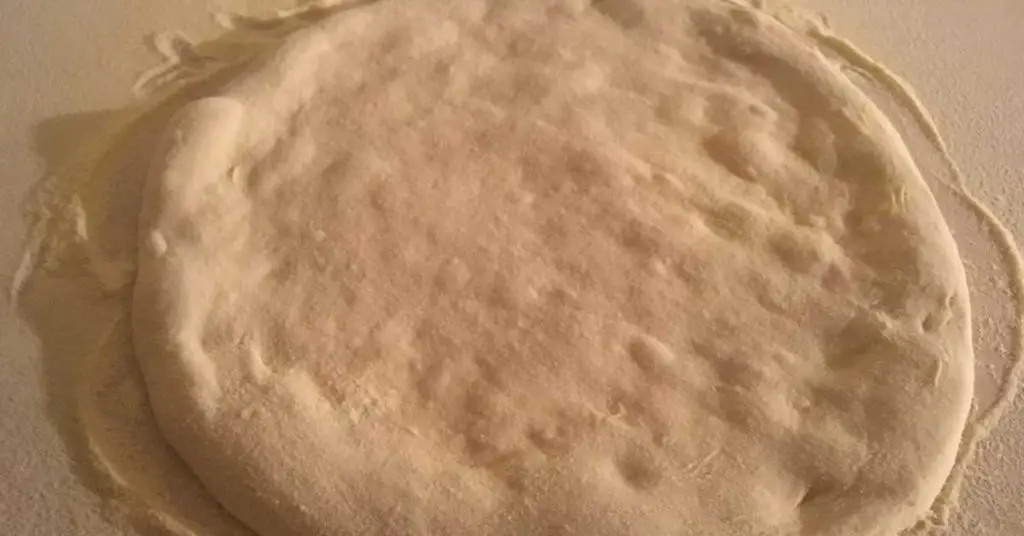
Using A Pizza Peel Properly Will Prevent Sticking When Transferring To The Stone
If you’re asking how to transfer your pizza onto a pizza stone without it sticking, you’re really asking how to use a pizza peel correctly. Used properly, a pizza peel will provide you with the flat surface you need to easily slide the raw pizza dough onto the hot pizza stone.
To get your pizza dough to slide onto a pizza stone without sticking, you need to coat the underside of the dough with a large amount of semolina flour. You can do this by dropping the ball of dough into a large pile of semolina flour and flipping it over periodically as you gently press the dough ball into a pizza. This will ensure the dough is completely coated in semolina flour and won’t stick to the peel.
And by a lot of semolina flour, I mean A LOT. You essentially want to be able to completely cover the ball of dough in semolina flour as your press down on it to shape it. This way every inch of wet dough will be thinly coated in flour and prevent sticking.
You should begin this process on a clean countertop or other flat surface. Once the dough ball has been shaped into a pizza crust, you can then pull the dough onto the peel. You might even want to dust the peel lightly with semolina for extra insurance against sticking.
If your pizza dough slides easily onto the peel, it should slide off easily as well. You can test the level of stickiness by gently shaking the peel. If any part of the pizza dough sticks while shaking you can unstick it by lightly dusting a spatula and carefully wedging it under where it’s stuck.
From here, you can quickly add your toppings and slide it onto the stone. You can also par-bake the crust first without toppings to make it easier, which I’ll get into more detail about later.
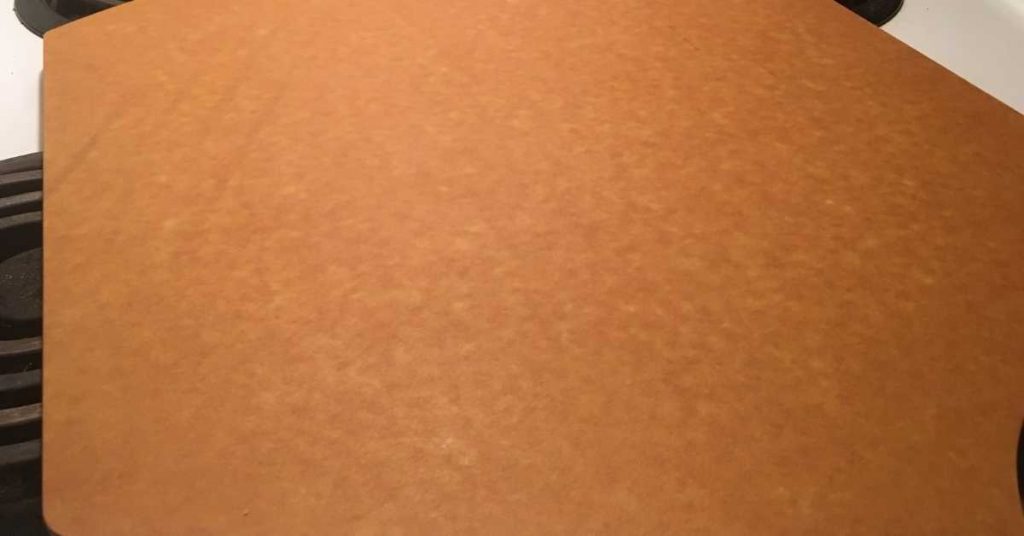
Use The Correct Flour To Prevent Your Pizza From Sticking To The Peel
All flour is not created equally, especially when you’re using it to prevent your pizza dough from sticking when you transfer it onto a pizza stone.
Semolina flour is the best kind of flour to use to prevent pizza dough from sticking to the peel. This is because semolina flour grains are dense enough to not absorb precious moisture out of your dough while still providing a coated surface to help it slide.
Semolina flour is much looser than regular flour so any excess flour will simply fall off of the pizza dough. And the semolina flour that does stick to the dough actually adds a really nice flavor and texture to the baked pizza crust.
Do not use cornmeal or all-purpose flour or even tipo 00 flour instead of Semolina when preparing your pizza. These other types of flour are too fine and will clump onto the pizza dough without providing much lubrication to slide it off the peel. Cornmeal is a bit better but it’s ultimately a poor substitute for Semolina and can burn more easily.
Regular flour will also absorb too much moisture from the pizza dough which is not what we’re trying to do. We’re looking to coat the wet dough not incorporate flour and dehydrate it. Semolina flour is best for this.
Non-semolina flours and cornmeal can also add a bitter flavor to the baked crust, so don’t be tempted to use them unless you absolutely have no alternative.
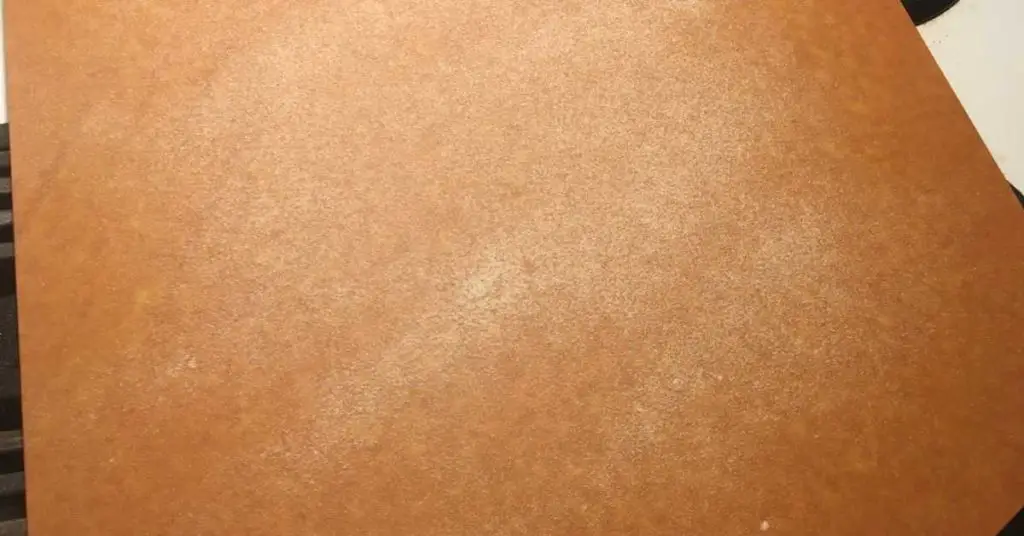
How do you keep pizza from sticking to the peel
Moisture prevents the pizza dough from sliding off of the pizza peel. This is especially true if you’re using a highly hydrated dough like the ones I recommend for home oven baking.
Think of your pizza dough like a wet paper towel. If you tried to slide a wet paper towel down the size of a pizza peel, it wouldn’t work. So you shouldn’t be surprised when your fully loaded wet pizza dough flops straight off the peel and onto your hot pizza stone in a messy pile.
You need something dry to keep your wet pizza dough from sticking to the pizza peel. To do this, use lots and lots of flour to coat the bottom of the pizza dough. I recommend using semolina flour for this because it works the best to prevent sticking and provides the best texture and flavor when baked.
You Should Put Pizza Directly On The Pizza Stone
When you pizza stone has been fully pre-heated at the maximum temperature for at least 1 hour, you’re ready to slide a pizza onto it.
You should always put the pizza dough directly on the pizza stone.
Do not dust the pizza stone with regular flour or semolina flour in order to prevent sticking. This doesn’t work and causes the flour to smoke up and burn.
If you follow the basic procedure of preparing your dough and coating with semolina flour as you shape it, you should be able to put the pizza directly on the pizza stone.
You Get The Pizza Off The Stone By Sliding It Back Onto The Peel
Getting the pizza off the pizza stone, once it’s baked, is far easier than sliding it onto the stone in the first place.
If your pizza has baked correctly without any holes in the crust, it should slide easily from the stone and back onto the pizza peel. This is because the crust is now dry and there should still be semolina flour stuck to the bottom.
If you’ve having trouble with this because you have a thicker pizza peel, you can always use a pair of tongs to grab the pizza by the crust and drag it back out. Just be careful not to use too much force and crush the air out of your crust.
Getting the pizza off the pizza stone can become more problematic if you’ve let toppings and grease leak onto the stone. When this happens, the topping will stick to the stone and prevent the pizza from sliding off. This is especially difficult if a hole forms in the middle of the crust and toppings stick to the stone from there.
If this happens, you may need to use a metal spatula to quickly scrape under the spots that are stuck to the stone to break it free. Be careful doing this with the pizza peel itself since the force might rip the pizza apart or push it off the stone and onto the oven floor.
It’s Perfectly Normal To Use Raw Dough Directly On The Pizza Stone
Raw pizza dough, or bread dough, is just about the only thing you want to be putting on your pizza stone. Baking raw pizza dough is exactly what a pizza stone is designed to do.
A pizza stone can also be used to recook reheat pizza, naan bread, tortillas, etc. But considering how long you need to preheat a pizza stone it’s probably not worth the energy compared to simply using a frying pan or baking sheet inside the oven to accomplish the same thing.
Just be sure that whatever ingredients you decide to use on your pizza stone are completely dry. Wet or greasy ingredients will stick to the pizza stone and probably cause your kitchen to
A Pizza Stone Only Works If You Preheat It
The whole purpose of a pizza stone is to absorb as much of the oven’s heat as possible to provide a super hot, flat, surface that will immediately start baking whatever you slide onto it.
A pizza stone works so fast that a small loaf of bread or thin pizza crust will bake from raw dough in a matter of only a few minutes at the highest temperatures.
But because pizza stones do so well to retain and radiate heat, they are slow to absorb this heat as well.
This means that you definitely need to preheat your pizza stone before using it. Ideally, you should preheat your pizza stone at your oven’s maximum temperature for at least 1-2 hours.
Believe it or not, many pizza recipes online will tell you to preheat your stone for only 10-15 minutes, which is absurd. In such a short amount of time the pizza stone will likely still be colder than the overall heat inside the oven. This defeats the whole purpose of the pizza stone.
I’ve even seen a few Youtube videos where the pizza is prepared on a cold pizza stone outside of the oven. This is actually beyond absurd but I’m sure many people will follow this advice, regardless.
Using a pizza stone that hasn’t been preheated enough, or at all, is actually substantially worse than not using a pizza stone at all. A cold pizza stone will actually slow down the baking process and shield the bottom crust from your oven’s heating elements.
In fact, if you don’t have time to reheat, you’d be far better off simply baking your pizza on a normal sheet pan or parchment paper.
But if you have the time to heat up your stone to it’s maximum temperature, you can achieve fantastic results with your pizza. Your crust will easily crisp up quickly enough to still retain its moisture on a hot stone.
You Should Never Put Oil On Your Pizza Stone Or It Can Crack
Pizza stones are usually made of ceramic or some other kind of stone like material. This means the entire stone is covered in tiny little holes, so when grease, oils, fats and other liquids get on the stone they seep right in to this porous material.
If you put oil or water on your pizza stone, it will collect in the small holes and expand when baked. This can actually cause your pizza stone to crack under high heat.
But don’t worry, if you spill a little bit of oil or grease onto the stone while moving the pizza around, it’s not the end of the world. My pizza stone certainly has a few black spots on it. But just keep in mind that these spots are at a higher risk of cracking in the future.
Thankfully, pizza stones are not terribly expensive and can be replaced every few years. So if and when it finally does crack, it may have been at the end of its life cycle anyways. This being said, none of my pizza stones have ever actually cracked.
A pizza steel, on the other hand, is a completely different kind of thing, although both are used to bake pizza. Pizza steels do in fact need to be oiled and re-seasoned periodically. But these steel baking sheets are not porous and have no risk of cracking.
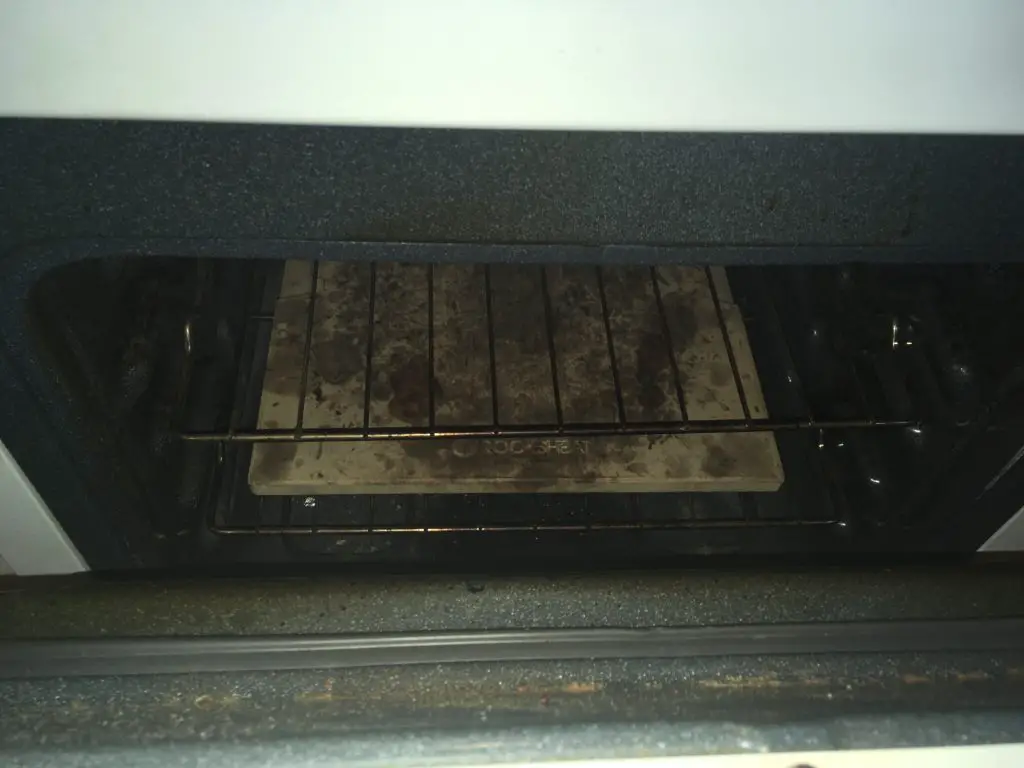
Keep Pizza From Sticking To The Pizza Stone By Keeping The Crust Dry
This question leads back to what we discussed in the last section. A pizza stone is meant for cooking breads and raw doughs only.
The best way to keep pizza from sticking to the pizza stone is by preventing, as much as possible, any oils or fats from dripping onto the stone.
Sticking most commonly happens when a tear forms in the crust leaking ingredients onto the stone, or when cheese or oil spill from the top over the sides of the pizza.
Like I mentioned earlier, a little bit of spillage is unavoidable but you should try to avoid it as much as possible since it can cause sticking and eventually the cracking of the stone.
Cooking With A Pizza Stone At The Highest Temperature Will Prevent Sticking
Another tip to prevent your pizza from sticking to the pizza stone involves the temperature of the stone.
An extremely hot pizza stone will instantly bake the underside of a raw pizza dough and prevent it from sticking almost immediately. You’ll even find that within seconds of sliding the raw dough onto the stone it will be completely dry and ready to be removed if needed.
In fact I take advantage of this fact all the time when I par-bake (or pre-bake) my pizza crusts.
On the flipside of this, a cold stone will cause your raw pizza dough to stick. This is because the coldness of the stone will actually prevent your dough from baking and during that time it will adhere to the stone.
So always make sure your pizza stone is as hot as possible in order to prevent your pizza from sticking to the stone.
You Can Use Flat Common Household Items As Pizza Peel Alternatives
Pizza peels are really an essential item for every home pizza maker, but not everyone has access to one.
If you don’t have a pizza peel, you can use any large flat surface as an alternative. Many people choose to use the underside of a baking sheet, or even a stiff piece of cardboard. A large cutting board can work as well. Just make sure to use plenty of flour to prevent sticking.
But whether you use a pizza peel or not, there are a few tricks you can use to get your pizza dough to slide onto the stone more easily.
Pre-Baking Your Pizza Crust Can Make Transferring It To Pizza Stone Easier
Par-baking, or pre-baking, is simply baking the crust first before putting on the rest of the toppings.
Par-baking is an excellent way to slide your pizza from the peel to the stone easily and without sticking. This involves baking the crust by itself for 30-seconds to 1 minute before removing it and adding the rest of the toppings. The plain dough is easier to work with and isn’t as wet as one with toppings.
Par-baking a pizza crust has several benefits, and it’s actually my preferred method for baking pizza. I learned this method from watching several master Neapolitan pizza chefs who recommend this method for home oven baking.
Working with a pizza dough without toppings on it is simply easier than one full of toppings. This allows you the flexibility to adjust the side of the pizza after it hits the stone without getting sauce and cheese everywhere.
Another benefit to par-baking is that the dough will absorb less water from the toppings before you slide it off the peel. When toppings are left on the wet dough too long before transferring to the oven this can cause sticking to the peel.
This is why professional pizza pizza chefs working in professional ovens prepare their pizzas so fast, because the longer it sits on the peel with toppings on it, the more likely it is to stick when sliding it off. So putting the dough in by itself first is a great little trick for home pizza makers.
I use this method myself mostly because it lets me put the cheese on last. In a home oven, the dough will take the longest to bake and the cheese the shortest. So, if you want to avoid crusty brown bubbles on your cheese the best approach is to put the cheese and other toppings on for the last few minutes of baking only.
Another benefit to par-baking is that it let’s the crust cool down slightly before going back in the oven for another round of cooking. This helps to preserve the hydration of the dough and makes your crust extra puffy and soft.
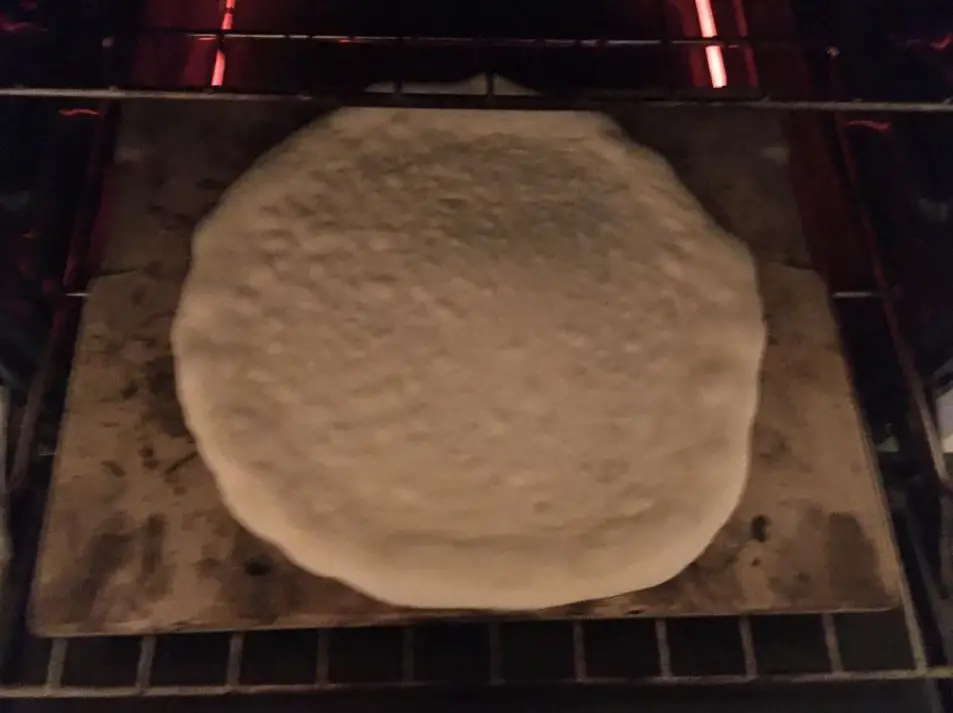
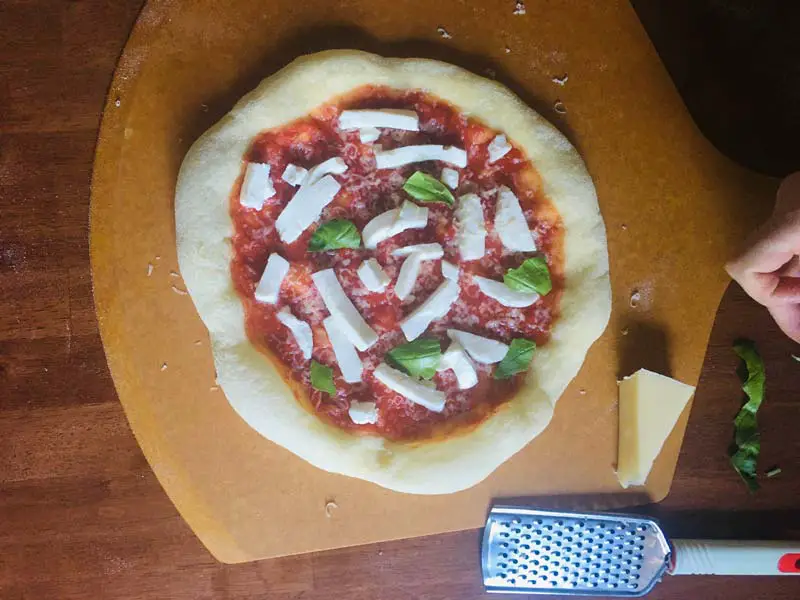
Use Parchment Paper To Slide Your Pizza Onto The Pizza Stone
The parchment paper method is something you will see quite often online as an alternative to sliding the pizza off the peel using flour only. This method has some benefits but is usually executed wrong in most online recipes.
Parchment paper can be used to slide the pizza off the peel easily. To do this, simply prepare your pizza dough on the parchment and slide the entire thing onto the stone, avoiding the need to use extra flour as a coating. But you must remove the the parchment paper immediately (within 30 seconds to a 1 minute) or the parchment will burn and cause microparticles to stick to the crust.
Most of the instructions I’ve seen online tell you to keep the parchment paper under the crust the entire baking time, or to remove it at the very end. This is a bad idea since your pizza stone is far too hot for your average parchment paper to handle and can cause it to burn.
Even worse, bits of burnt parchment can work their way into the crust and cause a bitter flavor or worse depending on the quality of the parchment. You’ll also prevent the natural browning and spotting that occurs when raw dough is in direct contact with the hot stone.
So if you do use this little shortcut, be sure to remove the parchment paper immediately after placing it on the stone. You’ll find that because the dough bakes so quickly on a hot stone, the parchment paper will slide right out within about 30 seconds. And at this point, sticking is no longer a problem so the parchment isn’t needed anymore anyways.
Final Thoughts
A pizza stone and a pizza peel are two of the most essential items that any pizza maker will need. In fact, it’s very difficult to use one without the other. These two tools will take your average homemade pizza and turn it into something special.
But many people avoid taking their pizza making to the next level because they don’t know how to manage getting an extremely wet dough onto an extremely hot stone.
The best way to avoid pizza sticking to the peel when transferring to a pizza stone is by using lots of semolina flour as a kind of “lubricant”. You can also use little tricks like par-baking the crust first or using parchment paper.
Hopefully, taking the next step in your pizza making skills is a little easier now.
Related Posts:
Which Pizza Peel Should You Buy: A Review Based On My Experience
How To Use A Pizza Peel: Prevent Sticking
Essential Pizza Making Tools Checklist
4 Essential Tools That Will Make Your Pizza Better
70% Hydration Pizza Dough Recipe – No More Dry Crust
Related Questions:
How Do You Cook Pizza On A Stone Without A Peel?
To cook pizza on a pizza stone without a peel, you’ll need some other kind of flat tool without raised edges to make the transfer. Some popular pizza peel alternatives include the reverse side of a large baking sheet, a large cutting board and even a clean, stiff piece of cardboard. Alternatively, you can use a piece of parchment paper by simply lifting it up (carefully) and dropping it onto the stone.
Can You Use Parchment Paper On A Pizza Stone?
You can use parchment paper on a pizza stone, in fact it’s a common way of transferring the dough to the stone without worrying about your dough sticking to the peel. However, be advised that most parchment paper is not able to withstand heat above 420F, so be sure to remove the parchment paper from beneath the pizza as soon as the dough has solidified to avoid it disintegrating or melting into the crust.
Why Is My Pizza Sticking To The Stone?
In general, raw dough with flour should not stick to a pizza stone. However, fats and oils, including things like cheese and sauce, will stick to the pizza stone. So, to avoid your pizza sticking to the pizza stone, make sure there aren’t any holes in your crust that will let toppings seep through and adhere to the stone. Also be careful not to load too much sauce or too many toppings close to the edges to prevent them from spilling over onto the stone and sticking.
Does Parchment Paper Catch Fire?
Oven-safe parchment paper will not catch fire, but it can smoke and disintegrate under high heat. This is why it’s so important to always make sure your parchment paper is both oven-safe and heat resistant to your desired cooking temperature.

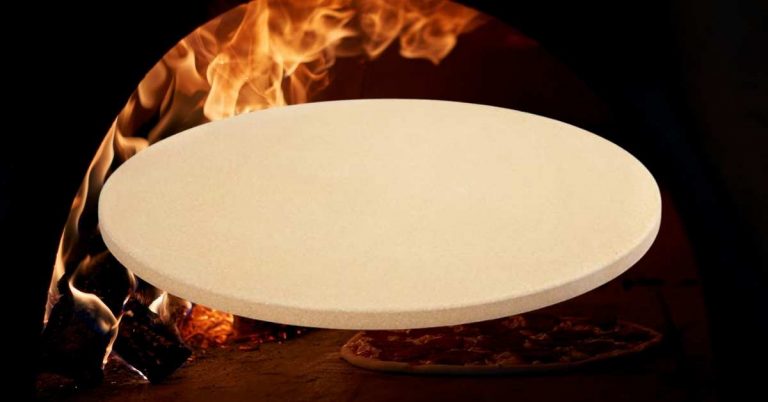
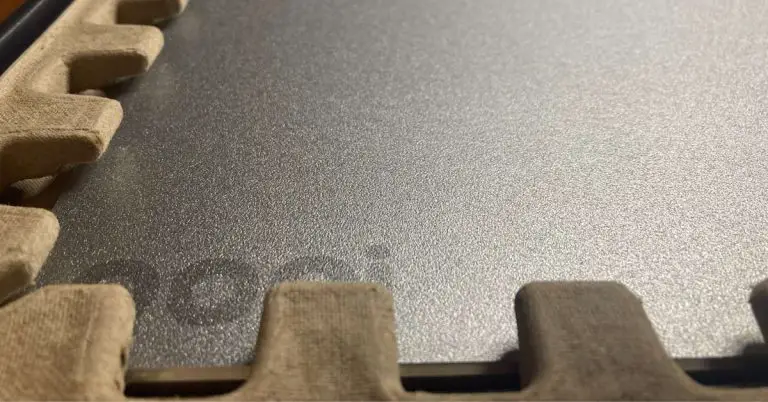
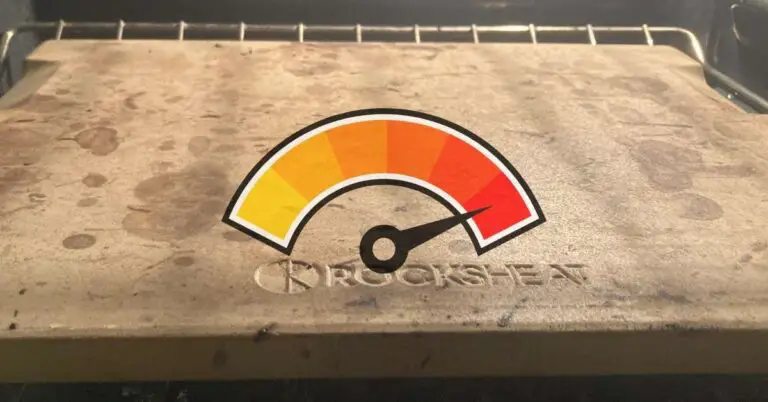
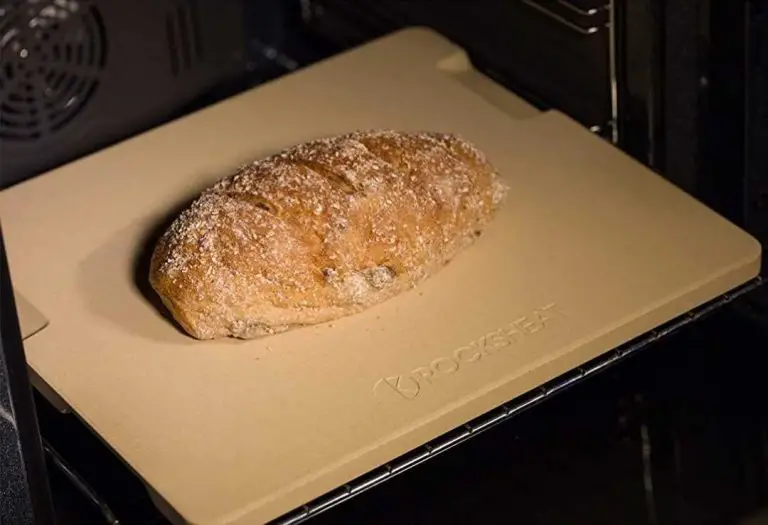
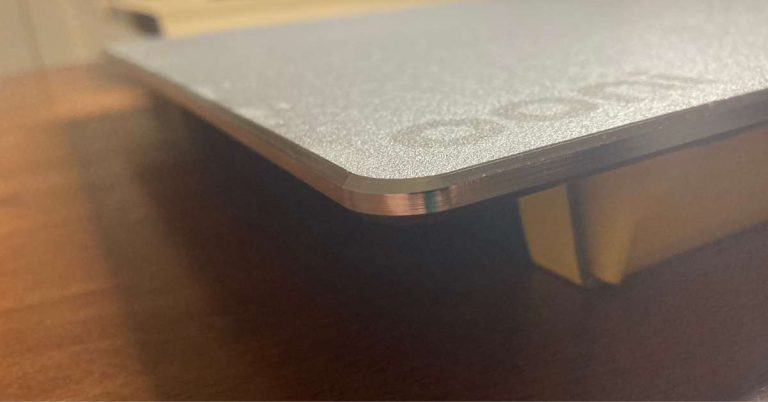
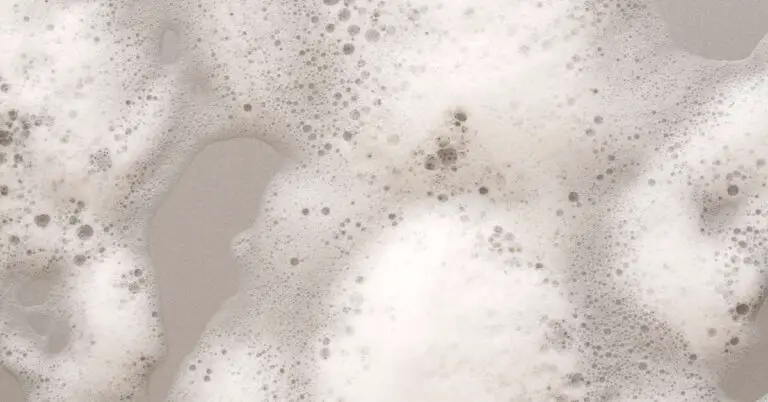
Why not prepare the Pizza with toppings directly on the Pizza Stone?
Hi Christopher!
You absolutely can top the pizza right on the stone, but for the sake of ease and safety, I recommend taking the par baked crust out of the oven first and topping it on the counter.